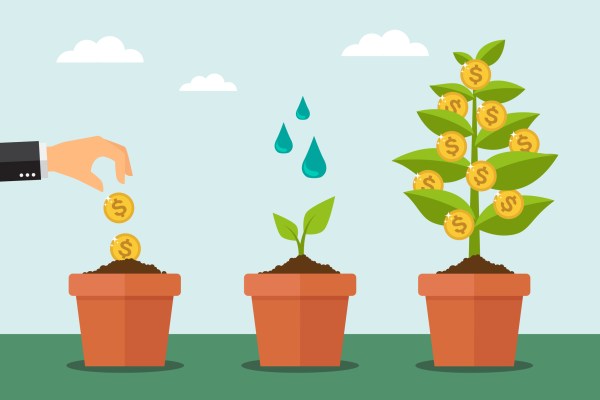A number of crypto exchanges are rushing to publish proof of reserves in a seeming attempt to reassure investors their funds are safe as fellow exchange FTX melts down.
Proof of reserves (PoR) are independent audits by third parties that aim to provide transparency and evidence that a custodian holds the assets it claims to own on behalf of its clients. Auditors then aggregate balances into something called a Merkle tree, which entails all client balances.
FTX exploded this week following a CoinDesk report that showed a June 30 balance sheet of its affiliate trading firm, Alameda Research, was largely made up of FTX’s native token, FTT. This all could have been avoided with PoR, Sergey Nazarov, co-founder of Chainlink, said to TechCrunch.
“There was a balance sheet issue and it became known to many depositors all at once,” Nazarov said. “And because it was a surprise, there was a bank run that led to insolvency.”
But imagine if depositors knew what FTX and Alameda Research’s balance sheets were from the beginning.
“If they knew what was happening in real time, this problem wouldn’t have existed,” Nazarov said. There would have been no surprise, he added: “Everyone would have known what the balance sheet was in real time and could have gradually decided if they wanted to have their money in FTX or not.”
PoRs are not annual or biannual audits, but updated every second, so it shows where asset reserves are constantly moving to and from, Nazarov said.
This week alone, crypto exchanges including Binance, Crypto.com, KuCoin, OKX, Bybit and others issued statements that they would publish their Merkle tree reserve certificates to show greater transparency. On Tuesday, Binance CEO Changpeng “CZ” Zhao emphasized the importance of transparency, tweeting, “All crypto exchanges should do merkle-tree proof-of-reserves.”
A Merkle tree essentially takes smaller pieces of information and puts it into one proof, Nazarov said. “Basically saying they’ll have an efficient way of providing one proof — one piece of information — that proves the status of all these other things.”
For example, Binance’s proof of reserves shows it has $72.4 billion in total assets, according to Nansen data. The exchange holds about $23 billion in stablecoin Binance USD (BUSD) and about $6.2 billion in Binance Coin (BNB), which is roughly 40% of its total holdings, the data showed.
“As Binance, OKX and others implement proof of reserves, it will be the new minimum standard,” Nazarov said. “[The FTX situation] was a Mt. Gox-like moment, not about private key security but balance sheet management, and now everyone wants a guarantee” that their assets are safe.
These exchanges join other crypto businesses like Gemini, BitGo and Paxos, to name a few, which have used PoR for many years to secure billions of dollars in value, Nazarov said.
“We’re in conversations with a majority of the top exchanges and everyone else who can benefit from this,” Nazarov said of Chainlink’s Proof of Reserve division. “The demand for proof of reserves have 10x’d.”
Even traditional markets are looking into PoR, Nazarov said. “We’ve been speaking with multiple banks, and when we explain proof of reserves to them, they’re very positive on it. I think because this wasn’t a crypto security issue, it was a financial markets issue in crypto, and I think proof of reserves extends well beyond crypto.”
It’s a matter of time until a traditional bank fails in a way that PoR could have prevented — then it’ll be adopted there as well, Nazarov posited.
So why wouldn’t a crypto entity use PoR? Well, it allows them to take risks and misuse customer funds by keeping that information private from customers, Nazarov said. “They can lend it out and go to the casino with it. If they don’t have to do it, then they won’t.”
But the consequence of that is what has happened to FTX — and Nazarov is “pretty confident” that no depositor wants this to occur again.
